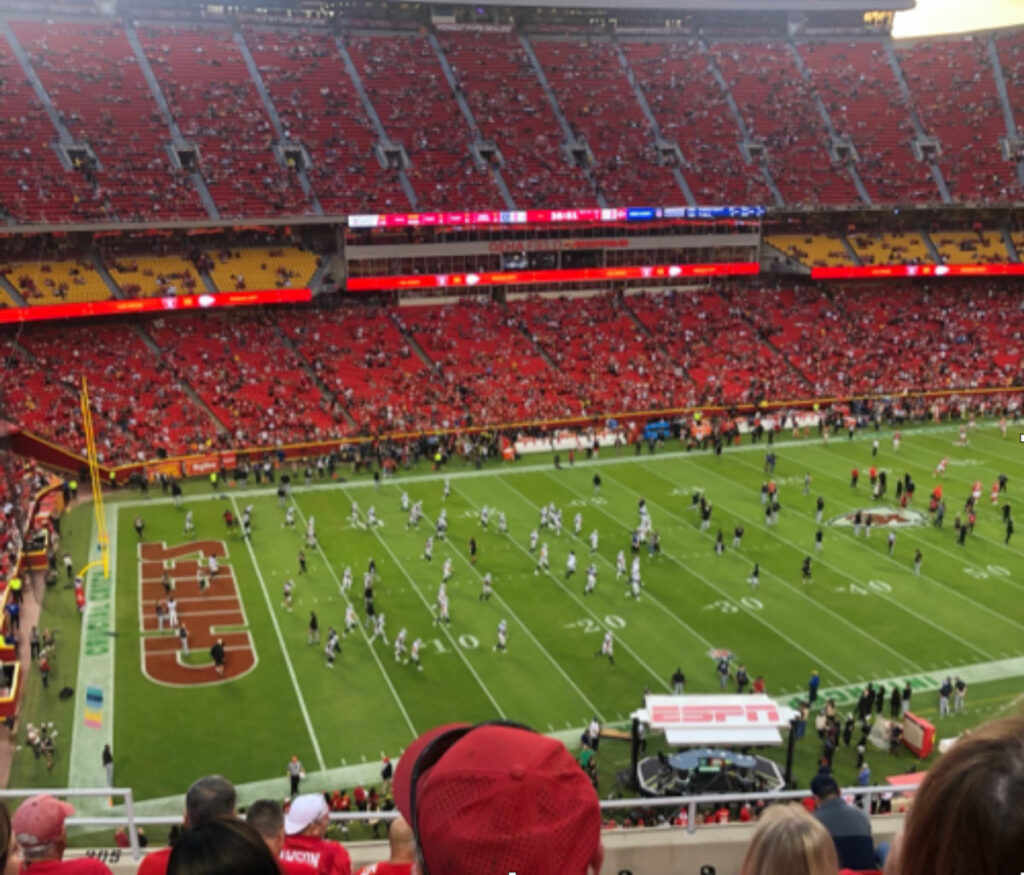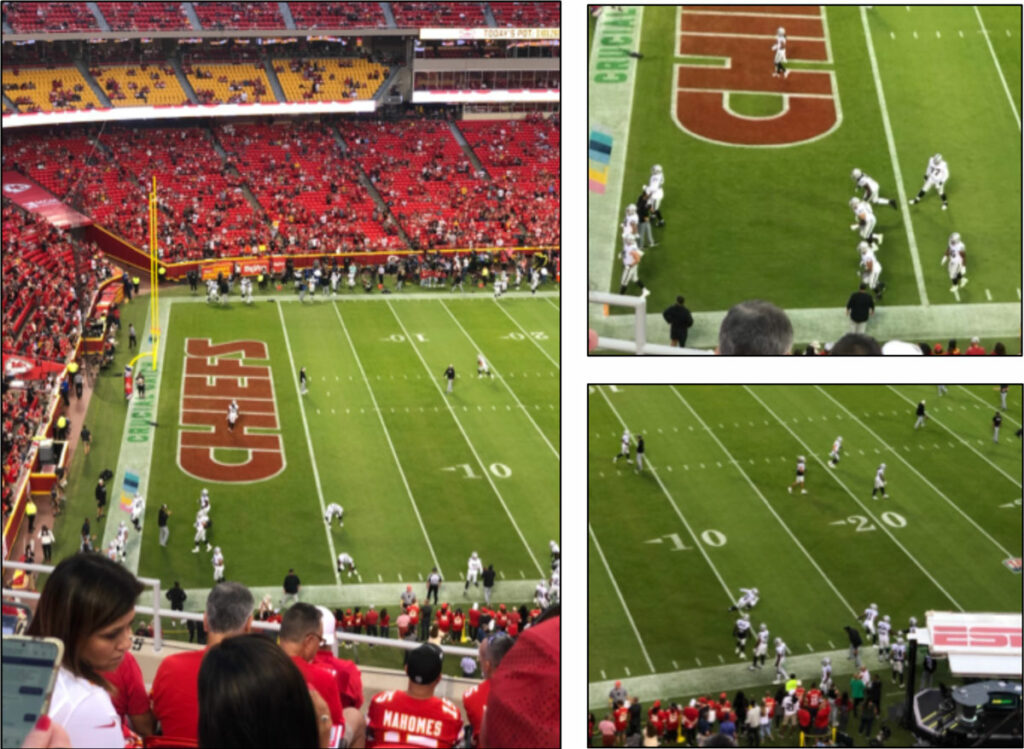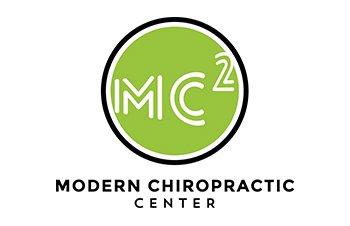How Important is your warm-up?


What is the first thing you do when you are about to do something physical? You are about to go for a run, ride your bike, go for a hike, or throw a football with the kids. What is the first thing that comes to your mind as you are preparing for this activity? There are many things you need to remember like wearing the proper clothing, packing a water bottle, and not forgetting any equipment. But I bet you one thing. That the last thing on your mind is to warm up your body before the activity.
Whether you are a weekend warrior, a professional athlete, or gearing up to do some work around the house, a warm-up is going to help you prevent injury. I recently got to attend a professional football game, and before the game the players warmed-up together. They took the time to warm-up in all planes; front-to-back, side-to-side, and up-and-down. Then they broke off into groups and worked on more specific movements related to their position (Offense vs. Defense). Their warm-ups began with slower controlled movements and progressed to fast explosive movements, or heavy load carrying movements. So if the pro’s still need to warm-up before they play, then why do kids playing weekend sports, or parents out for a run get to skip their warm-up? After all, the professional athletes should be the fittest, and healthiest people out there, then why are we the ones that think we are too good for a warm-up.
What is the most common cause of injury?
You guessed it, failure to warm-up properly.
So let’s go over some tools to get the most out of your warm-up.
First, what does a warm-up do physiologically?
A warm-up is designed to increase heart rate. When heart rate increases, the blood flow increases throughout the body therefore increasing oxygen delivery to the muscles. With the rise in heart rate, the body temperature also increases. This prevents injury to the muscles and connective tissues by allowing for increased range of motion.
(Imagine stretching an elastic that has been in the freezer, that is an example of how tissues that are not warmed up properly respond to stress!)
Second, how should I design my warm-up?
You should design your warm-up to mimic the type of movements you are performing in your sport or activity. Just like the professionals you need to warm-up in all planes. During your warm-up phase you want to focus on dynamic movements and save static stretching for after your workout. Start with slow controlled movements with focus on specific joints, then progress to more complicated movements that recruit multiple joints. If your sport requires you to sprint, then your warm-up should include short bursts of sprints towards the end. Lastly make sure you have worked all ranges-of-motion of all joints in your body.
Following a warm-up protocol, each time you put physical stress on your body will help prevent soreness and decrease your potential for injury. Therefore decreasing the chance that you will feel sore after throwing the football with your grandson, or pulling weeds in the garden.
If you are looking to better improve your overall health, or are chronically noticing something is not right after physical activity.
Give our team at MC2 a shout. Our team specializes in postural assessment and postural correction through the practice of Chiropractic BioPhysics. Click the link to complete the patient appointment request form and find the next available appointment.





